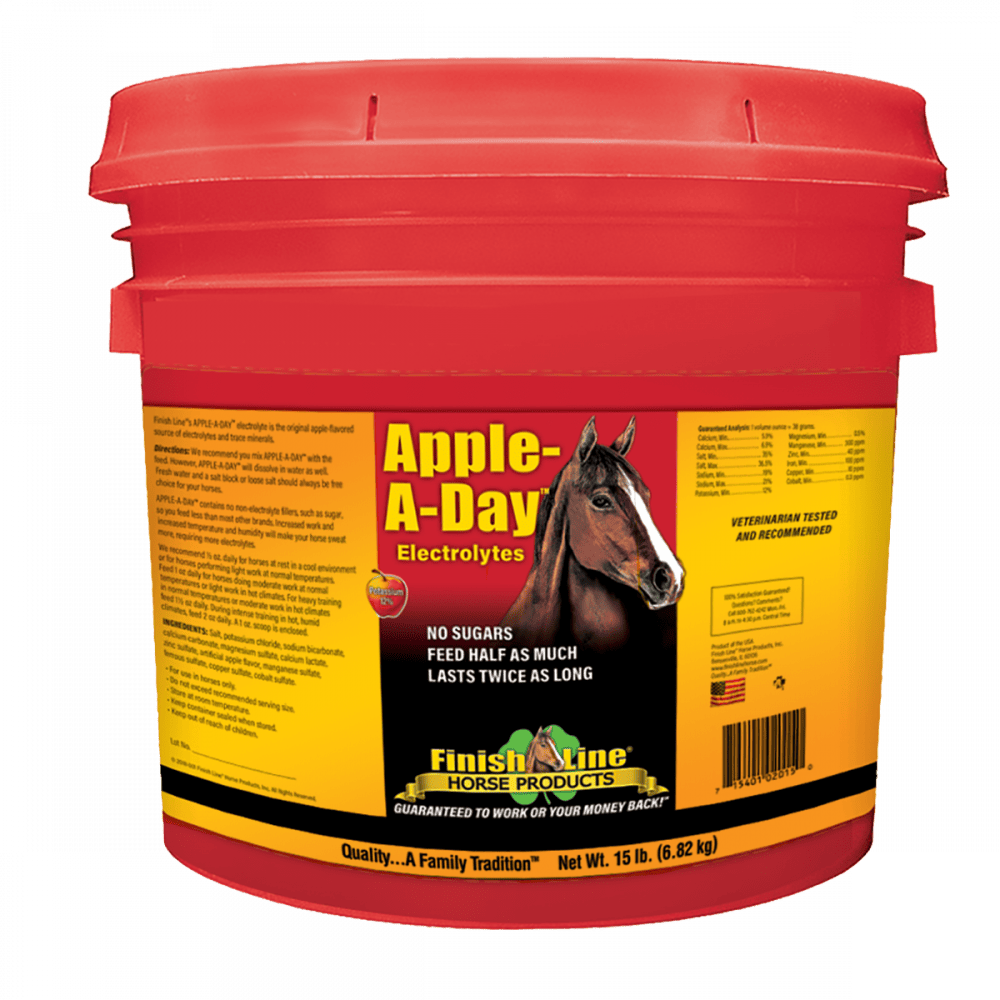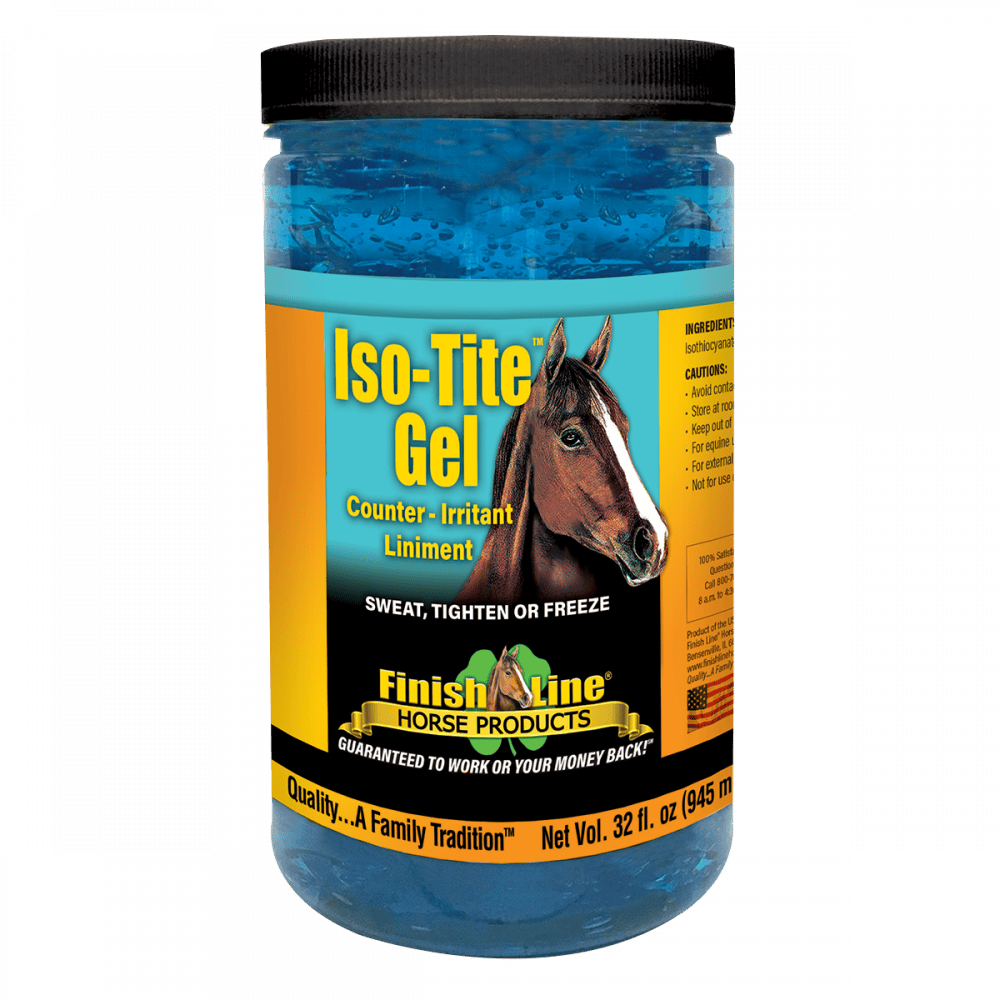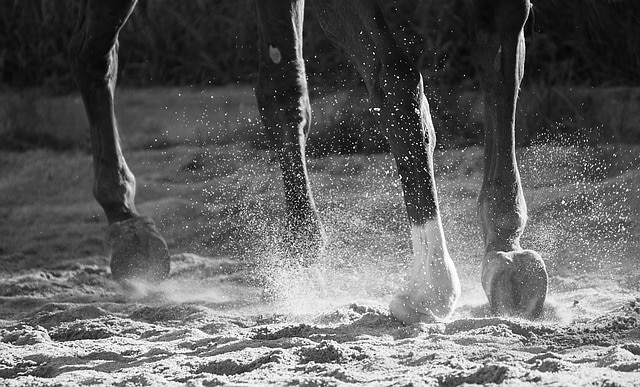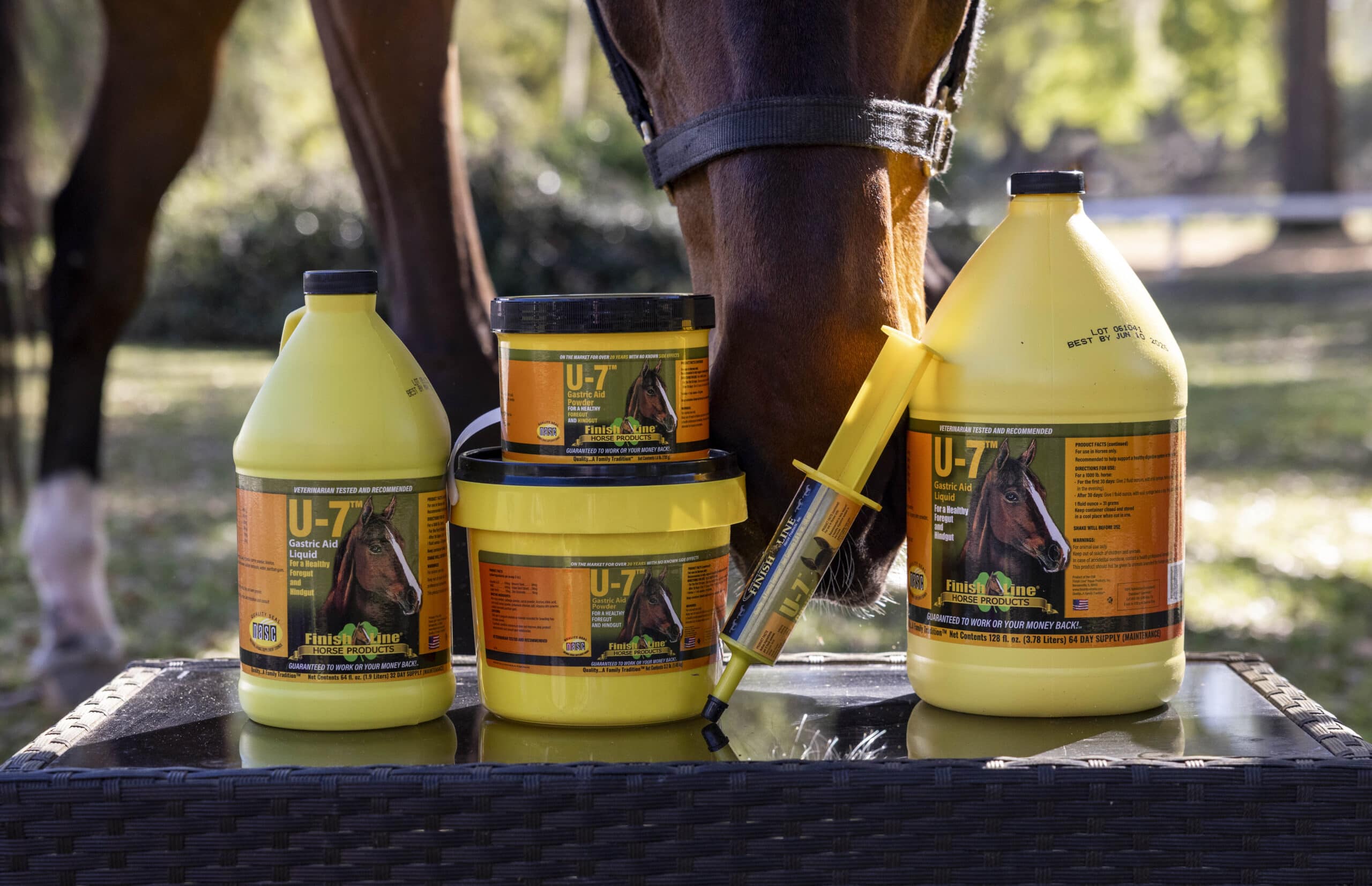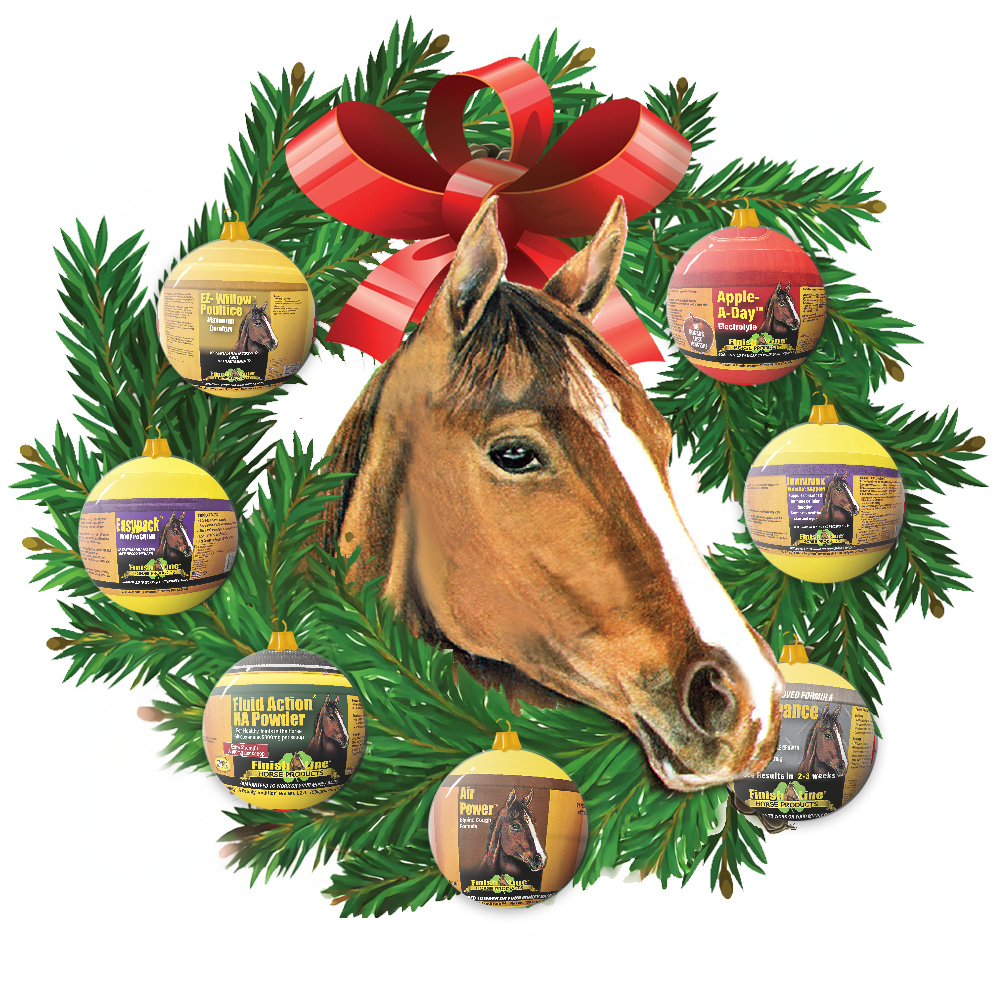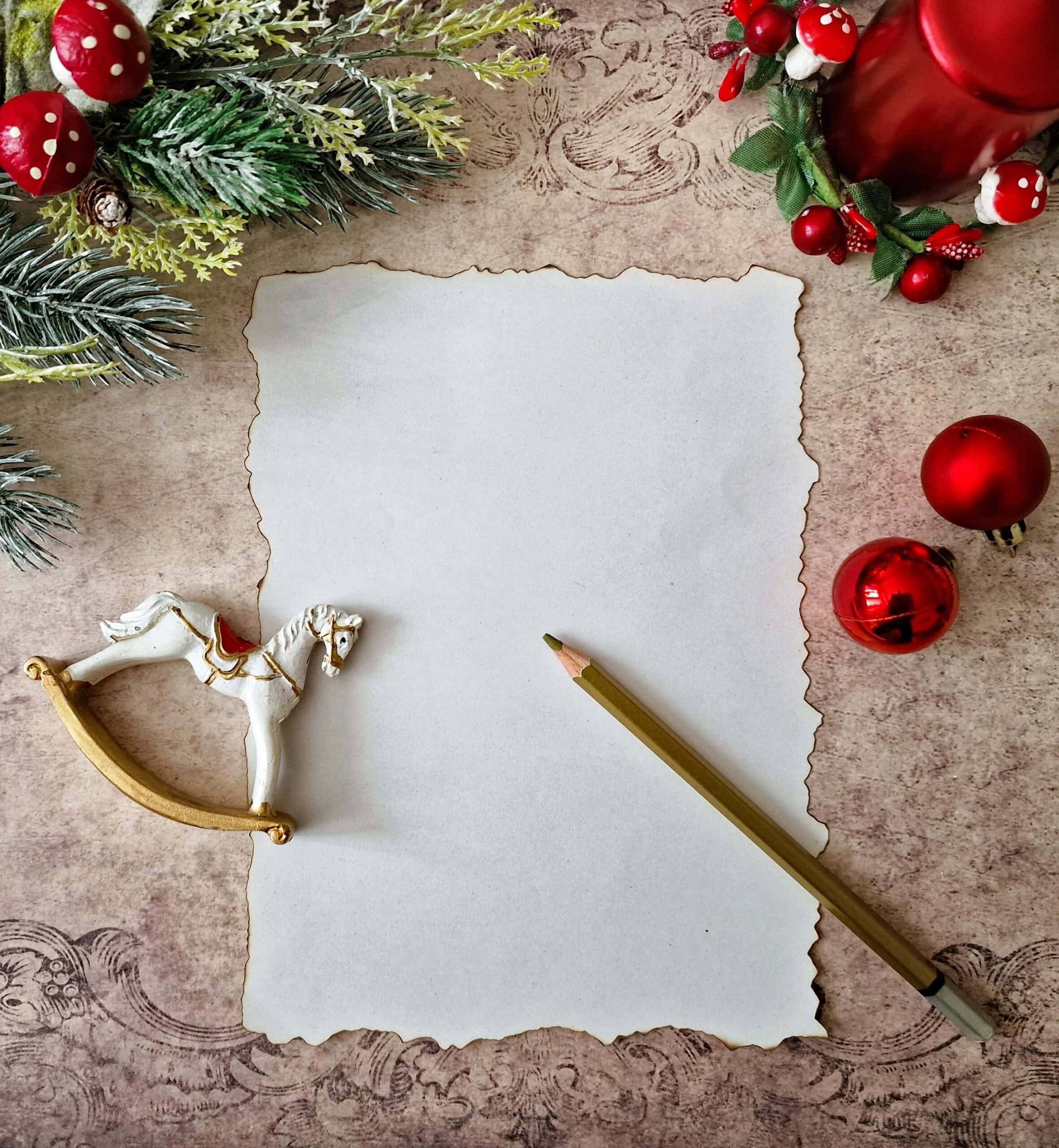When it comes to osteoarthritis, also known as degenerative joint disease, prevention is key. The damage occurs slowly, and by the time changes to the joints are evident on an x-ray, it’s too late. At this point, arthritis can only be managed, not cured. Therefore, it’s important to keep your horse’s joints as healthy as possible throughout its life. Below are five tips for caring for your equine’s joints:
1. Examine the joints and treat issues quickly
Visually and physically inspect your equine’s joints each day to catch any warning signs of poor health. Press your fingers over the area about an hour after light exercise, feeling for smooth bones and soft-tissue areas with no fluid. Also, look to see if the joints are symmetrical across the left and right legs. If you do notice heat or swelling and that condition lasts more than three days, it is advisable to contact your veterinarian.
2. Offer equine supplements for joint health
Chondroprotectants, as Horse Channel described, are ingredients that promote healthy cartilage and synovial fluid around a horse’s joints. They’re commonly found in equine joint supplements. Glucosamine, chondroitin, and hyaluronic acid are all considered chondroprotectants. According to Horse Channel, chondroprotectants help your horse repair slightly damaged cartilage and maintain joint health. Incorporating a joint supplement into your feeding routine can help support and preserve your horse’s joints.
3. Schedule regular trimmings and monitor the hooves of older horses
Maintaining evenly trimmed hooves keeps your horse stable when running, preventing unnecessary stress on the joints. The hoof is essential for absorbing shock, yet as TheHorse.com noted, this area is often neglected in older horses. Even if an equine isn’t as active as it once was, it still requires regular hoof care and possibly shoeing.
4. Use kinesiology tape
Aside from giving your equine a little visual flair, kinesiology tape is reported to prevent injury and assist in rehabilitation. It lifts the skin, according to Tri-State Livestock News, thereby allowing for decreased inflammation, improved lymphatic drainage, and better circulation.
“The simplest way to describe it is when a horse is injured, they become very good at compensating and will stop using a muscle group or a joint or an area of the body correctly,” Dr. Pam Muhonen, owner of Timberwind Veterinary Acupuncture Services in Estes Park, Colorado, told Tri-State Livestock News. “Kinesiology tape is a safe, easy way to give the body a break and kind of remind them how to correctly use that part of the body.”
5. Give your horse a daily workout
Exercise is good for a horse’s joints, according to The Trail Rider. Daily physical activity strengthens the ligaments and capsules, and proper muscle tone keeps large joints stable.
Be careful of working too hard and putting excess stress on the joints, however. An equine’s heart, lungs, and muscles grow stronger faster than its tendons. Increasing physical activity when your horse seems ready might be pushing it too far.

